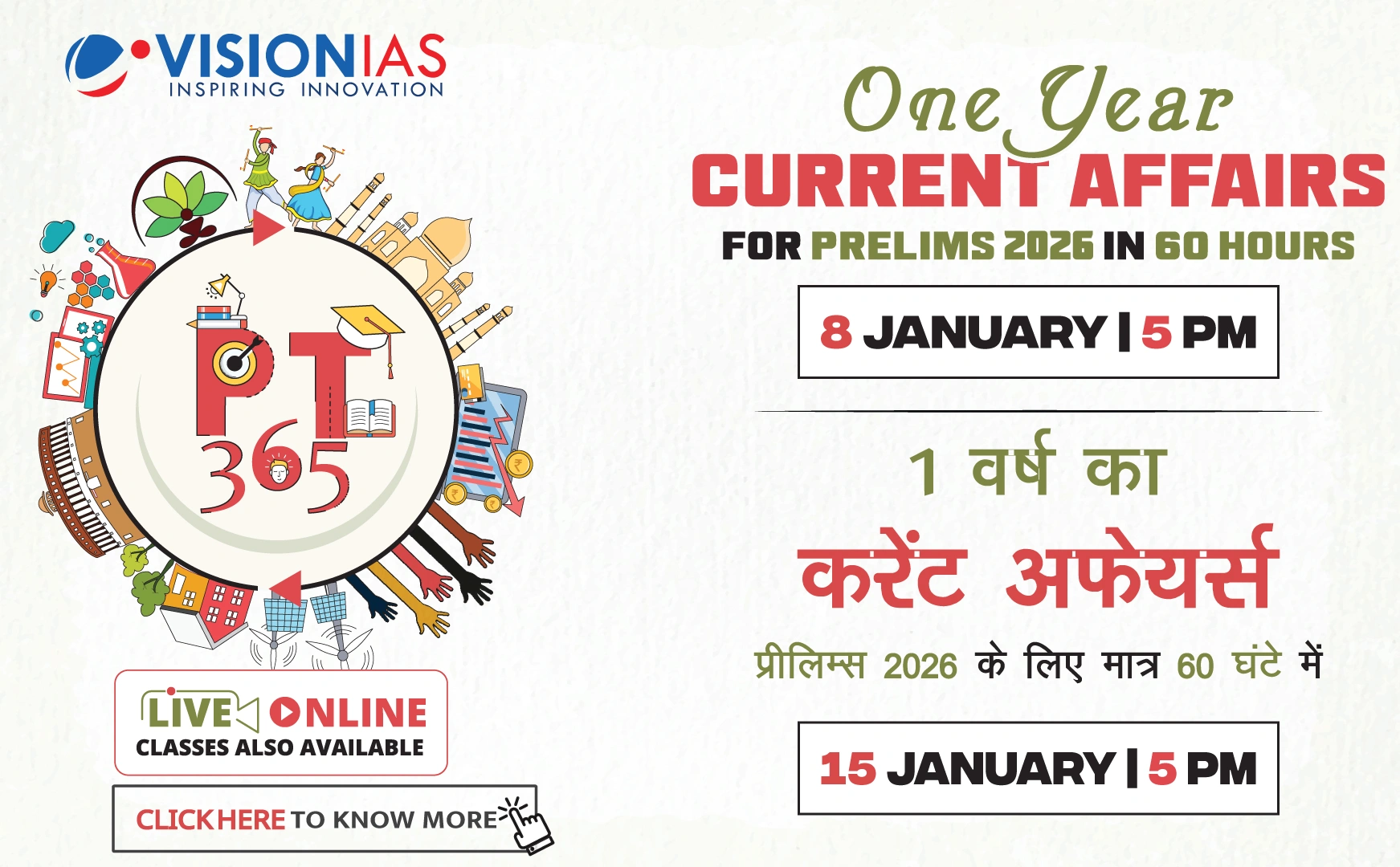India-Middle East-Europe Economic Corridor (IMEC)
The India-Middle East-Europe Economic Corridor (IMEC) was announced during the G20 Summit in New Delhi, 2023. It aims to enhance economic development through connectivity and integration between Asia, the Arabian Gulf, and Europe.
Structure of IMEC
- The corridor consists of two main legs:
- India-Gulf Leg: Connects India’s western ports to the UAE, followed by high-speed freight rail through Saudi Arabia and Jordan to Israel’s port of Haifa.
- Gulf-Europe Leg: Ships cargo from Haifa to Greece and Italy, utilizing Europe’s train networks for distribution across the continent.
- IMEC is projected to reduce shipping time by about 40% compared to current routes via the Red Sea.
Ambitions and Challenges
IMEC, beyond facilitating trade, aims to integrate further by laying cables for electricity and digital connectivity and pipes for clean hydrogen export. Despite these ambitions, several challenges persist:
- Tariff standardization and financial integration issues among corridor partners.
- Underdeveloped cross-Saudi/UAE railway system.
- Recent geopolitical tensions, notably the Israeli-Palestinian conflict, have stalled progress.
Geopolitical Context
- The corridor was conceived during a rare geopolitical window of stability in the Middle East in 2023.
- Normalization agreements between Arab states and Israel, and increasing economic ties, facilitated its conceptualization.
- However, new conflicts, particularly Israel’s war on Gaza causing over 61,000 deaths, have fundamentally challenged its progress.
Current Dynamics and Future Prospects
- Israel's relations with Jordan and other Arab states have worsened, particularly due to conflicts over Palestinian issues. This has complicated the Middle East-Europe connection crucial for IMEC.
- Despite these tensions, India maintains strong partnerships with UAE and Saudi Arabia, facilitating progress on the eastern leg of the corridor.
- Saudi Arabia and UAE’s use of technologies like UPI for financial transactions indicates potential for digital connectivity enhancement.
Conclusion and Long-Term Vision
For the IMEC to reach its full potential, a stable and secure Middle East region is essential. Addressing fundamental issues, such as Palestinian statehood, is crucial to prevent conflicts from undermining regional connectivity plans. Currently, the IMEC remains a potential "day-after" plan, contingent on the resolution of Middle Eastern conflicts.








